Home>Articles>What Happens When A Visual Smoke Detector Is Activated?
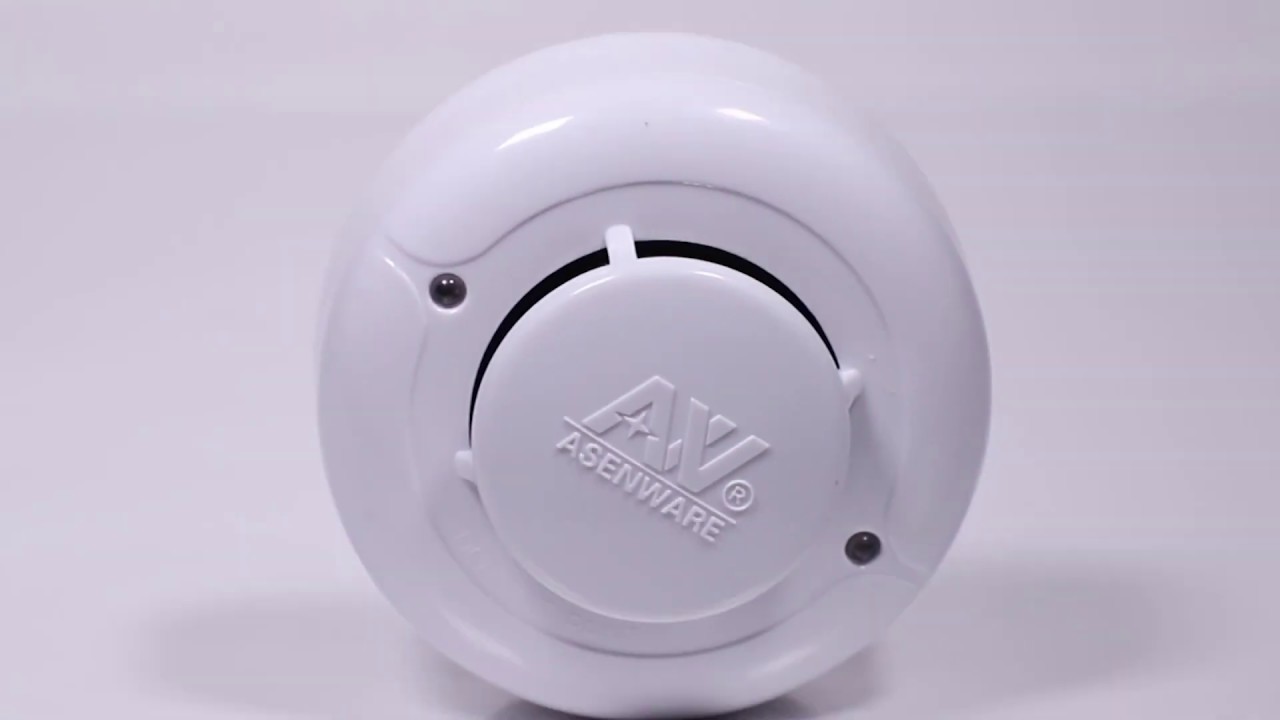

Articles
What Happens When A Visual Smoke Detector Is Activated?
Modified: January 5, 2024
Explore articles on what happens when a visual smoke detector is activated and learn about the vital role it plays in alerting and safeguarding against potential fire hazards.
(Many of the links in this article redirect to a specific reviewed product. Your purchase of these products through affiliate links helps to generate commission for Storables.com, at no extra cost. Learn more)
Introduction
Smoke detectors are an essential component of any fire safety system. They are designed to detect the presence of smoke in the air, alerting occupants to the potential danger of a fire. While traditional smoke detectors rely on audible alarms to warn people, visual smoke detectors provide an additional layer of protection for individuals who may have hearing impairments or who may be in environments where sound may be drowned out.
In this article, we will explore what happens when a visual smoke detector is activated. We will delve into how they work, the process of activation, the response of the detector, and the alerting methods used to inform occupants of a potential fire.
Visual smoke detectors are particularly important in spaces where occupants with hearing impairments reside or frequent, such as homes, apartments, office buildings, hotels, hospitals, and educational institutions. By understanding the operation and importance of visual smoke detectors, we can better appreciate their contribution to fire safety and the protection of lives and property.
Now, let’s dive into the fascinating world of visual smoke detectors and explore how they function when activated.
Key Takeaways:
- Visual smoke detectors provide crucial accessibility and early detection, ensuring individuals with hearing impairments or in noisy environments receive prompt and clear alerts, contributing to improved evacuation and overall fire safety.
- The importance of visual smoke detectors lies in their inclusive design, compliance with regulations, and prevention of property damage, offering peace of mind and enhancing the safety and protection of lives and property.
How Visual Smoke Detectors Work
Visual smoke detectors, also known as smoke alarms with strobe lights, utilize a combination of advanced technology to detect smoke and visually alert occupants in the event of a fire. These devices can detect the presence of smoke particles in the air through various methods, including photoelectric sensors and ionization chambers.
Photoelectric sensors work by emitting a beam of light within the detector. When smoke particles enter the detection chamber, they scatter the light and trigger the alarm. On the other hand, ionization smoke detectors use a small amount of radioactive material to ionize the air inside the device. When smoke enters the chamber, it disrupts the flow of ions, causing the alarm to sound.
Once smoke is detected, visual smoke detectors employ a powerful strobe light to alert occupants visually. These strobe lights are typically brighter and more intense than traditional visual alarm appliances used in other applications. They use a combination of high-intensity LEDs and specialized optics to produce a visually distinct and attention-grabbing effect.
In addition to the strobe light, some visual smoke detectors are also equipped with other visual indicators. These can include flashing LED lights, color-changing LEDs, or even LCD screens that display messages or instructions. These additional visual cues can aid in providing more specific information to occupants or assisting in evacuation procedures.
The effectiveness of visual smoke detectors lies in their ability to provide a clear, visual warning that can break through any potential noise or confusion during an emergency. This ensures that even individuals with hearing impairments or those in loud environments can be alerted to a potential fire and take the necessary actions to protect themselves.
Now that we understand how visual smoke detectors work, let’s explore what happens when these devices are activated.
Activation of a Visual Smoke Detector
When a visual smoke detector is activated, it indicates that smoke has been detected in the surrounding environment. The activation process can vary depending on the specific model and manufacturer, but generally follows a similar sequence of events.
When smoke particles are detected by the photoelectric sensors or ionization chambers within the visual smoke detector, the device initiates its activation sequence. This may include sounding an audible alarm, triggering the strobe light, and activating any supplementary visual indicators.
The strobe light, with its high-intensity LEDs and specialized optics, begins to flash rapidly, creating a visual signal that cannot be easily missed. The intense bright flashes are designed to grab the attention of occupants in the vicinity, regardless of any background noise or distractions.
Simultaneously, the audible alarm may also sound, emitting a loud noise to further alert individuals to the presence of smoke and the potential fire. This combined audio-visual notification ensures that people are quickly made aware of the emergency situation, providing them with the necessary information to take immediate action.
It’s worth noting that visual smoke detectors often have features that allow for customizable activation sequences. Settings can be adjusted to meet the specific needs of different environments or individuals. For example, the duration and intensity of the strobe light flashes may be modified or synchronized with other devices, such as fire alarm panels or security systems.
Once activated, visual smoke detectors play a crucial role in helping occupants quickly identify the presence of smoke and respond accordingly. The prompt and reliable activation of these devices can greatly increase the chances of early evacuation, minimizing the risk of injuries or fatalities during a fire.
Now that we understand how a visual smoke detector is activated, let’s explore the response of the detector when smoke is detected.
Response of Visual Smoke Detector
When a visual smoke detector detects the presence of smoke, it responds by initiating a series of actions designed to alert occupants and facilitate a swift response to the potential fire.
Once the detector identifies smoke particles in the air, it activates the visual signaling component, typically a powerful strobe light. The strobe light begins flashing rapidly, emitting bright and intense flashes of light. This visual signal is highly effective in grabbing the attention of individuals in the vicinity, even in noisy or crowded environments.
At the same time, the audible alarm may also sound, providing an additional audible alert to supplement the visual notification. The combination of the strobe light and the audible alarm ensures that occupants are alerted to the potential danger, regardless of their ability to hear or see.
Modern visual smoke detectors often incorporate advanced features to enhance their response capabilities. For instance, some detectors may have built-in connectivity to fire alarm control panels or other security systems. This allows for seamless integration with existing alert systems, ensuring a coordinated response across the entire facility. In such cases, the activation of the visual smoke detector triggers a synchronized response from other warning devices throughout the building.
In certain situations, visual smoke detectors may also have the ability to communicate with emergency personnel or building management systems. This can be done through advanced network connectivity or by transmitting signals to designated monitoring stations. These additional response capabilities help expedite emergency response times and ensure a swift and coordinated evacuation process.
Additionally, visual smoke detectors can provide vital information about the location and severity of the detected smoke. Some models are equipped with advanced sensing technology that can determine the source or origin of the smoke, contributing to a more informed response. This information can be relayed to emergency responders, enabling them to better navigate the building or identify potential hazards.
By responding promptly and effectively, visual smoke detectors play a critical role in ensuring the safety and well-being of occupants during a fire emergency. Their ability to provide clear and visible alerts helps occupants take immediate action, increasing the likelihood of a successful evacuation and minimizing the potential for injuries or fatalities.
Now that we understand how visual smoke detectors respond when smoke is detected, let’s explore how they alert occupants.
When a visual smoke detector is activated, it will emit a bright, flashing light to alert individuals who may have hearing impairments. It’s important to familiarize yourself with the specific visual alert patterns of your detector to ensure you can recognize and respond to it in an emergency.
Alerting Occupants
When a visual smoke detector is activated, its primary objective is to alert and notify occupants of the potential fire. To achieve this, visual smoke detectors employ various methods of alerting individuals, ensuring that everyone in the vicinity is made aware of the emergency situation.
The most prominent and noticeable alerting component of a visual smoke detector is the strobe light. These powerful lights, with their intense and rapid flashes, are designed to attract attention and serve as a visual signal for individuals in the area. The bright and distinct flashes of light cut through any ambient noise or distractions, making it difficult to ignore the emergency situation.
In addition to the strobe light, some visual smoke detectors may incorporate other visual indicators. These can include flashing LED lights, color-changing LEDs, or LCD screens that display messages or instructions. These supplementary visual cues can provide further information about the emergency, such as the location of the smoke or safety procedures to follow.
Furthermore, in cases where the visual smoke detector is integrated with a fire alarm control panel or security system, the activation of the detector can trigger synchronized alerts throughout the building. This can include sounding alarms, activating sprinkler systems, or even broadcasting pre-recorded emergency messages over loudspeakers. These additional alerting methods ensure that individuals in different areas of the building are promptly notified of the emergency.
Visual smoke detectors also have the capability to alert specific individuals, such as those with hearing impairments or limited mobility. These detectors may be equipped with features like vibrating pads or bed shakers that can be placed under pillows or mattresses to convey the alert. This ensures that individuals who may not be able to hear the audible alarms or see the visual signals are still notified of the emergency and can take appropriate action.
The goal of alerting occupants is to provide clear and effective communication during an emergency, enabling individuals to quickly and safely evacuate the premises. By combining visual signals, audible alarms, and supplementary indicators, visual smoke detectors ensure that all occupants, regardless of their abilities or location within the building, are alerted to the potential fire.
Now that we understand how visual smoke detectors alert occupants during a fire emergency, let’s explore the importance of these devices.
Importance of Visual Smoke Detectors
Visual smoke detectors play a vital role in fire safety, providing an additional layer of protection for occupants, especially those with hearing impairments or who may be in loud environments. Let’s explore the importance of visual smoke detectors in more detail.
1. Accessibility: Visual smoke detectors ensure that individuals with hearing impairments can receive timely and effective warnings during a fire emergency. By using high-intensity strobe lights, these devices provide a visual signal that can be easily noticed, even in noisy environments or when occupants are sleeping.
2. Early Detection: The primary purpose of any smoke detector, including visual smoke detectors, is to detect smoke and fire in the early stages. By providing a visual alert, occupants are more likely to be alerted to the presence of smoke immediately, allowing them to initiate evacuation procedures promptly.
3. Improved Evacuation: Visual smoke detectors facilitate a quicker response and more efficient evacuation process. The combination of visual and audible alerts increases the likelihood that occupants will perceive the emergency and take appropriate action without delay. This can significantly enhance the safety of everyone in the building.
4. Inclusive Design: By incorporating features that cater to individuals with hearing impairments or other disabilities, visual smoke detectors promote inclusive design principles. These devices prioritize the safety and well-being of all occupants, ensuring that no one is left behind during an emergency.
5. Compliance with Regulations: In many jurisdictions, visual smoke detectors are required by law in certain buildings, such as residential care facilities, hotels, and hospitals. Installing visual smoke detectors not only ensures compliance with fire safety regulations but also provides occupants with an added sense of security.
6. Prevention of Property Damage: Early detection of smoke and fire helps reduce property damage by allowing for swift action to suppress the fire or contain its spread. Visual smoke detectors serve as an extra safeguard to minimize the extent of damage caused by fire incidents.
7. Peace of Mind: Having visual smoke detectors installed in a building gives occupants peace of mind, knowing that in the event of a fire, they will be alerted promptly and provided with clear instructions on how to respond and evacuate.
Overall, visual smoke detectors are an essential component of an effective fire safety system. They ensure that everyone, including those with specific accessibility needs, can receive timely alerts and evacuate the premises safely. By integrating inclusive design, early detection, and enhanced evacuation measures, visual smoke detectors significantly contribute to the overall safety and protection of both lives and property.
Now that we understand the importance of visual smoke detectors, let’s conclude our exploration of these devices.
Conclusion
Visual smoke detectors are a crucial component of fire safety systems, providing an essential layer of protection for individuals with hearing impairments and those in noisy environments. These devices work by detecting the presence of smoke particles in the air and activating a combination of visual and audible alerts to notify occupants of a potential fire.
Through the use of powerful strobe lights, visual smoke detectors ensure that individuals are visually alerted to the emergency, even in challenging conditions. By combining these visual signals with supplementary indicators and synchronized alerts, occupants receive clear and effective notifications, enabling them to take immediate action and evacuate the premises safely.
The importance of visual smoke detectors lies in their accessibility, early detection capabilities, improved evacuation processes, inclusive design, compliance with regulations, prevention of property damage, and the peace of mind they provide to occupants. These devices contribute to the overall safety and protection of lives and property, ensuring that all individuals, regardless of their abilities, are alerted to potential fire dangers.
It is crucial for building owners, property managers, and individuals to understand the significance of visual smoke detectors and ensure their proper installation and maintenance. Regular checks and battery replacements are essential to guarantee their optimal functionality and reliability during an emergency.
In conclusion, visual smoke detectors are a fundamental aspect of fire safety, providing a critical visual alert to individuals who may not be able to rely solely on audible alarms. By embracing inclusive design and prioritizing the safety of all occupants, visual smoke detectors play a pivotal role in creating safer environments and reducing the potential risks associated with fires.
By being aware of the importance of visual smoke detectors and actively incorporating them into fire safety plans, we can enhance the overall safety and well-being of communities and ensure a rapid response to fire emergencies.
Frequently Asked Questions about What Happens When A Visual Smoke Detector Is Activated?
Was this page helpful?
At Storables.com, we guarantee accurate and reliable information. Our content, validated by Expert Board Contributors, is crafted following stringent Editorial Policies. We're committed to providing you with well-researched, expert-backed insights for all your informational needs.
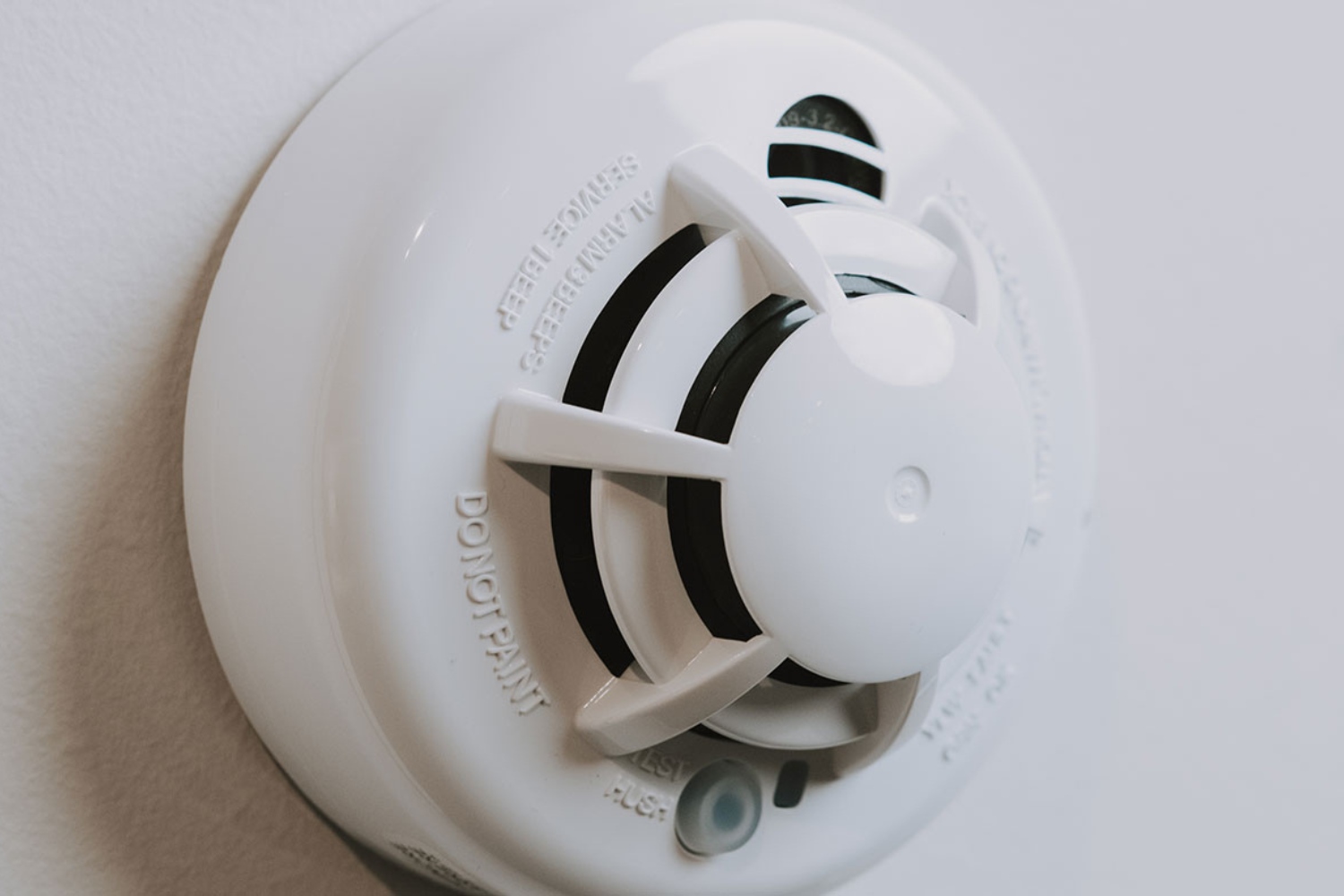

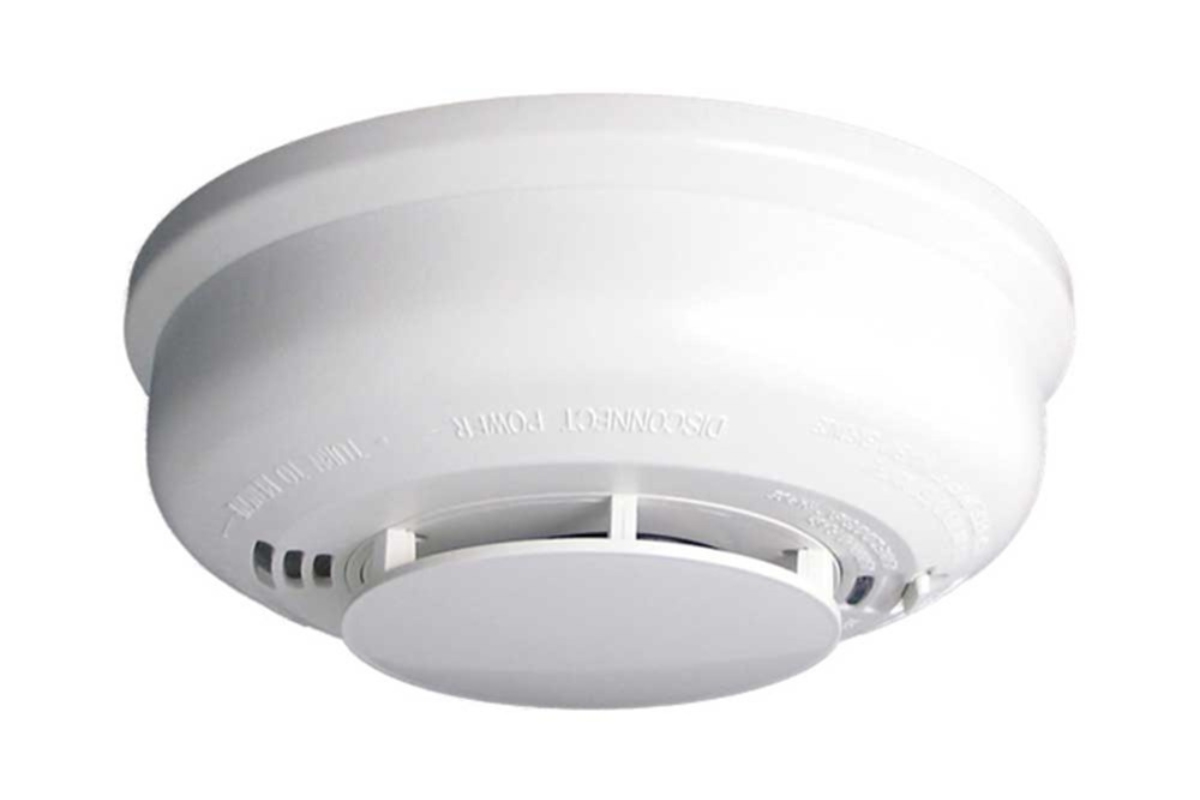
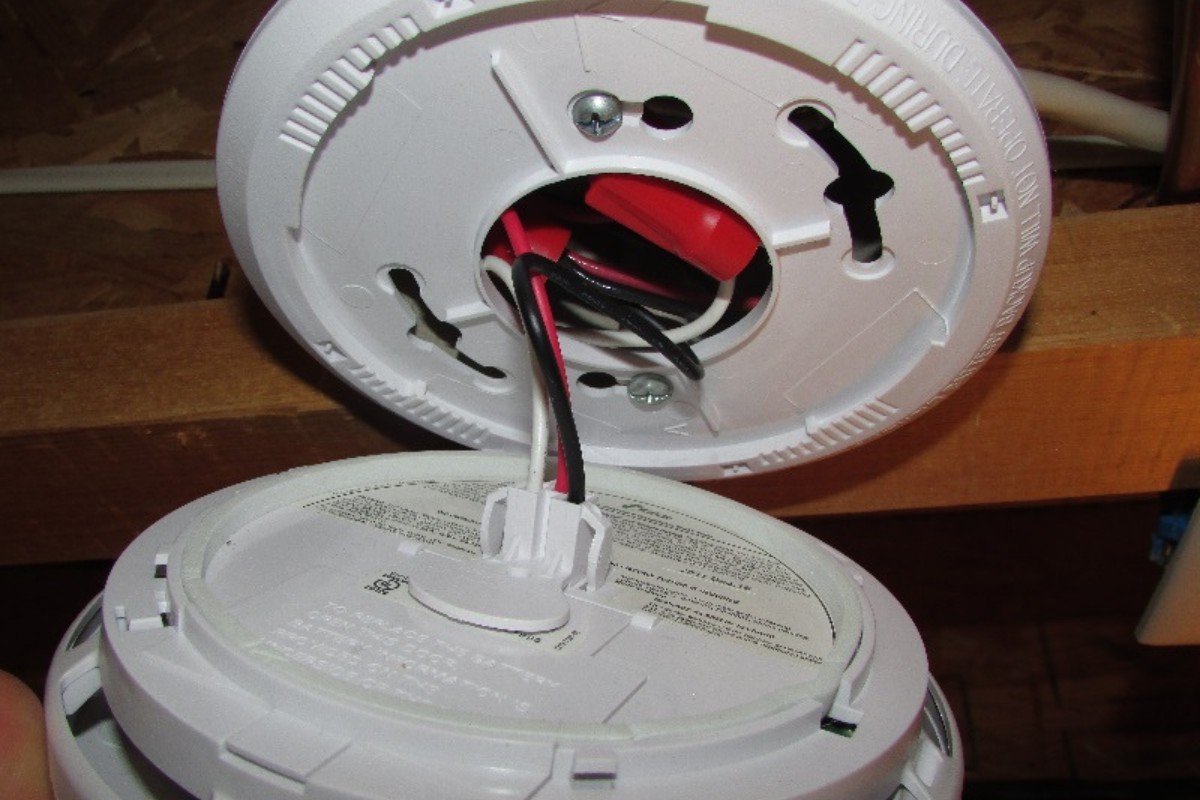
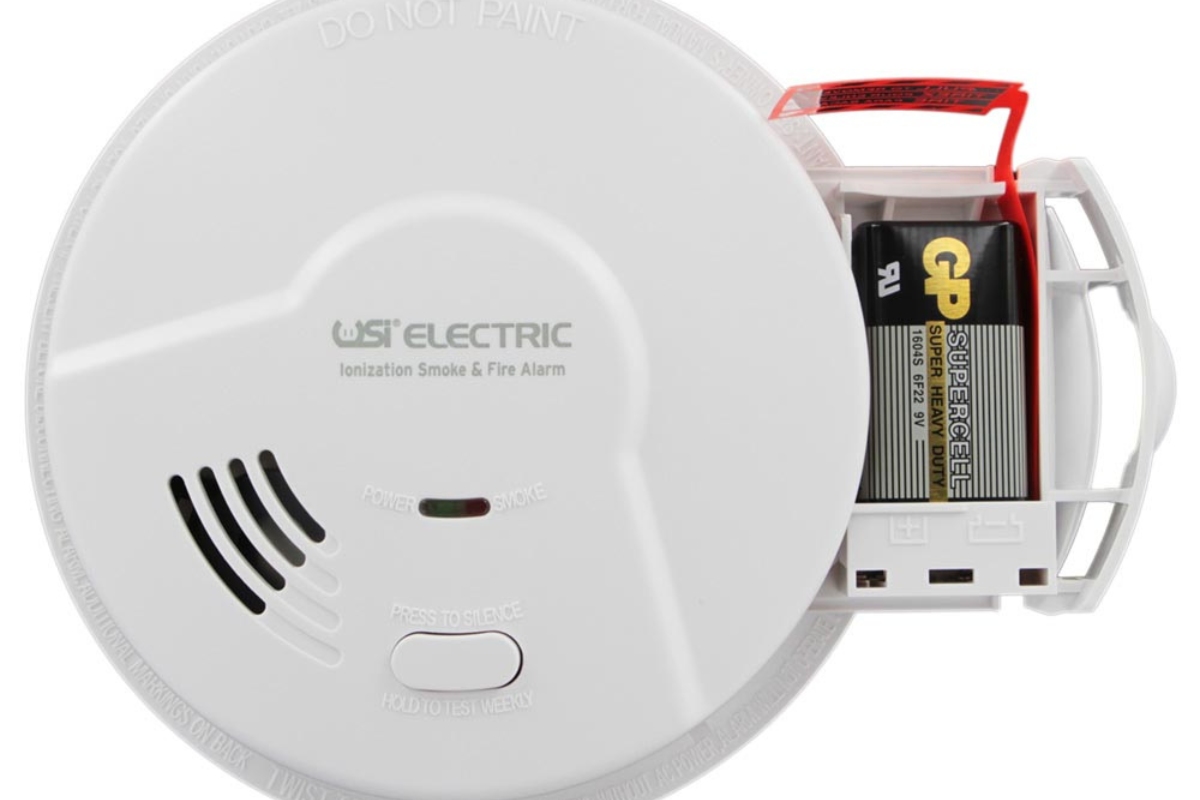
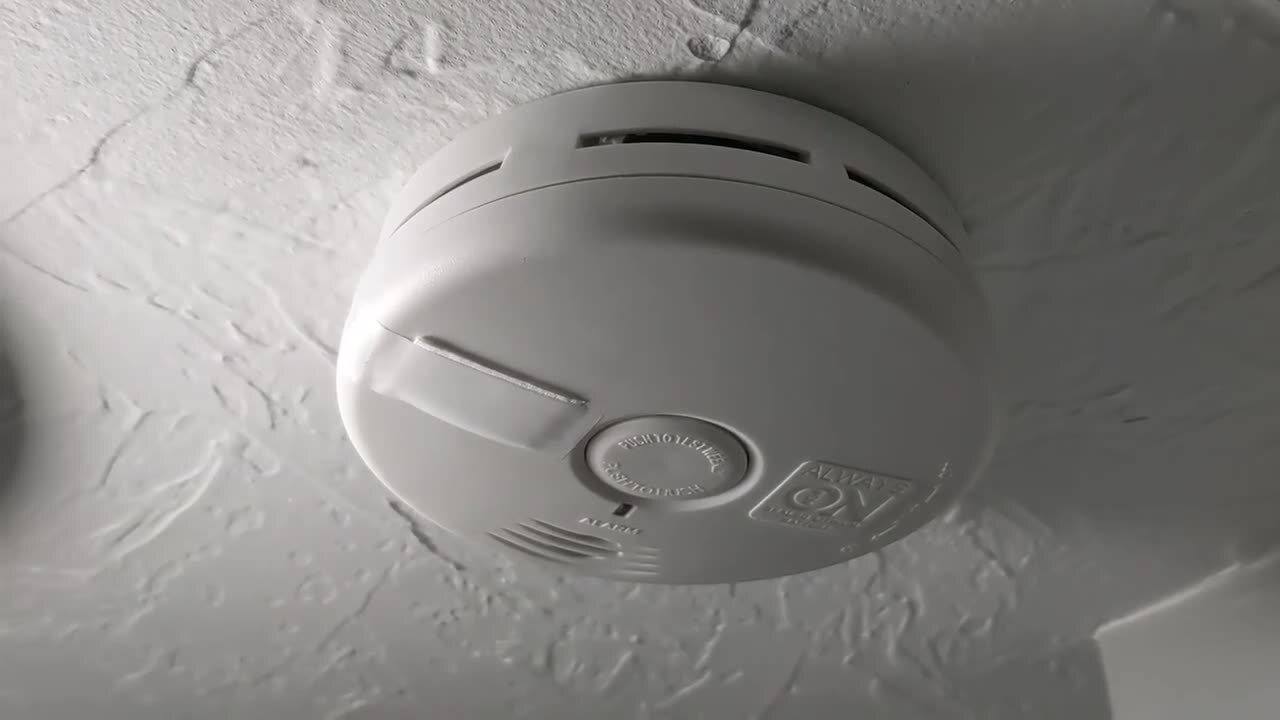
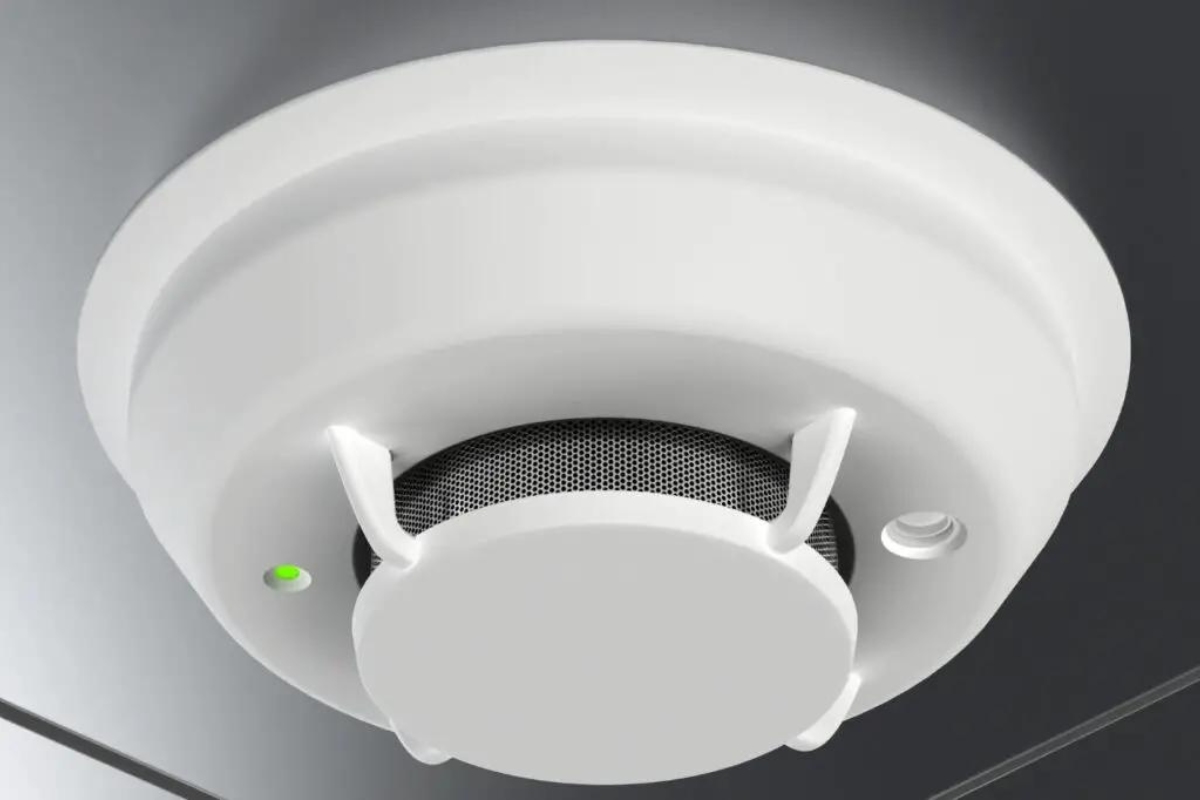
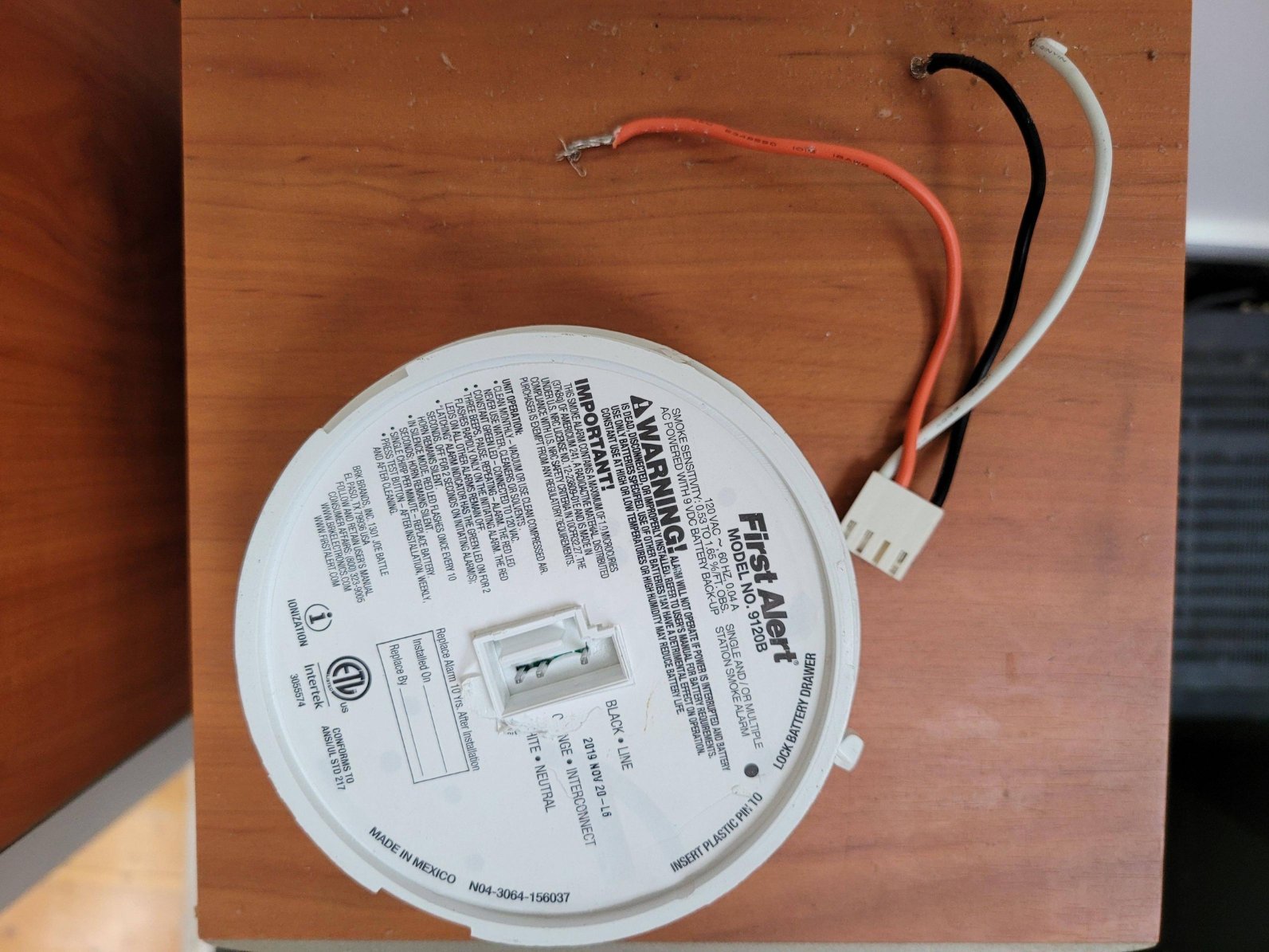


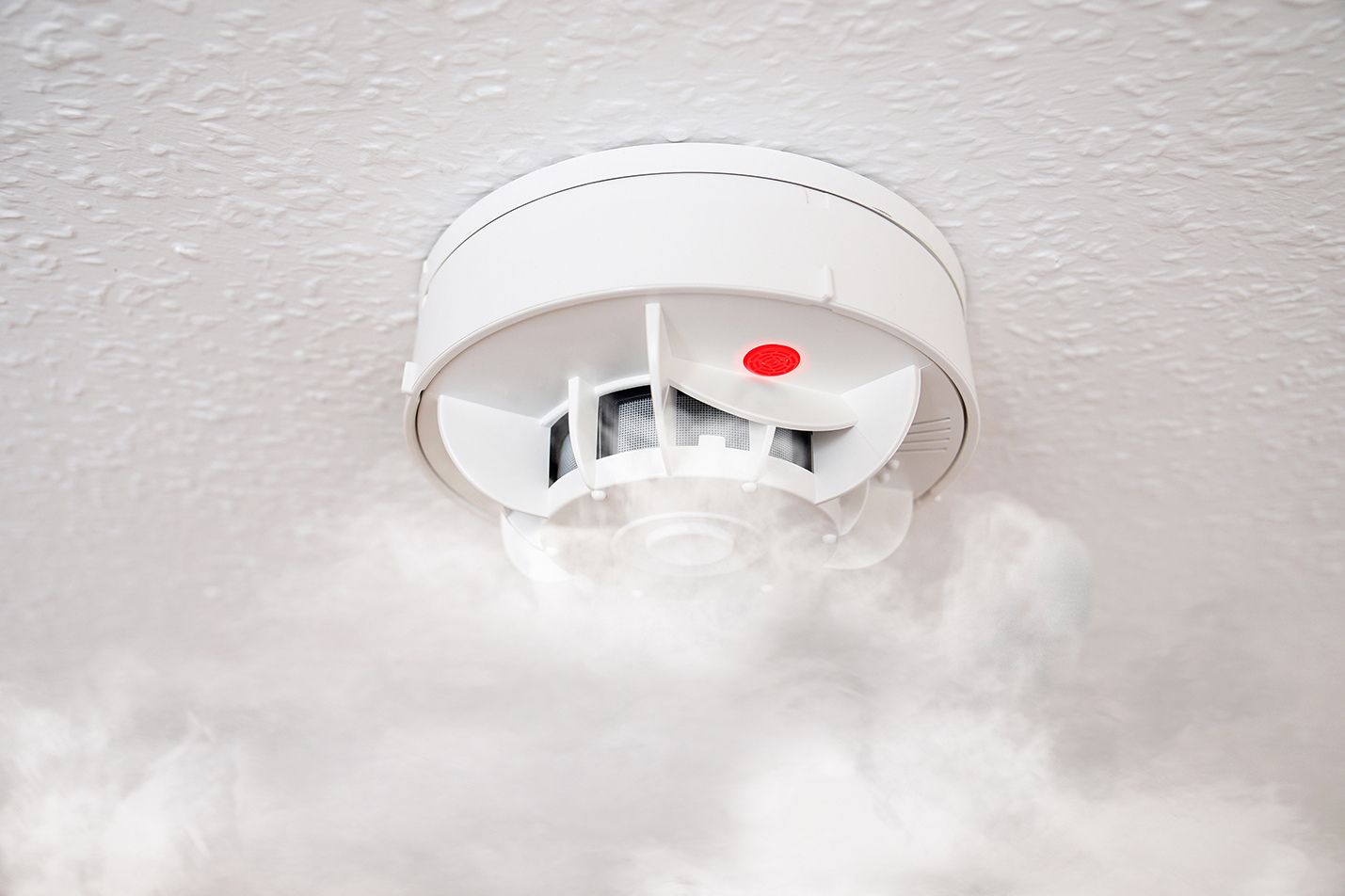
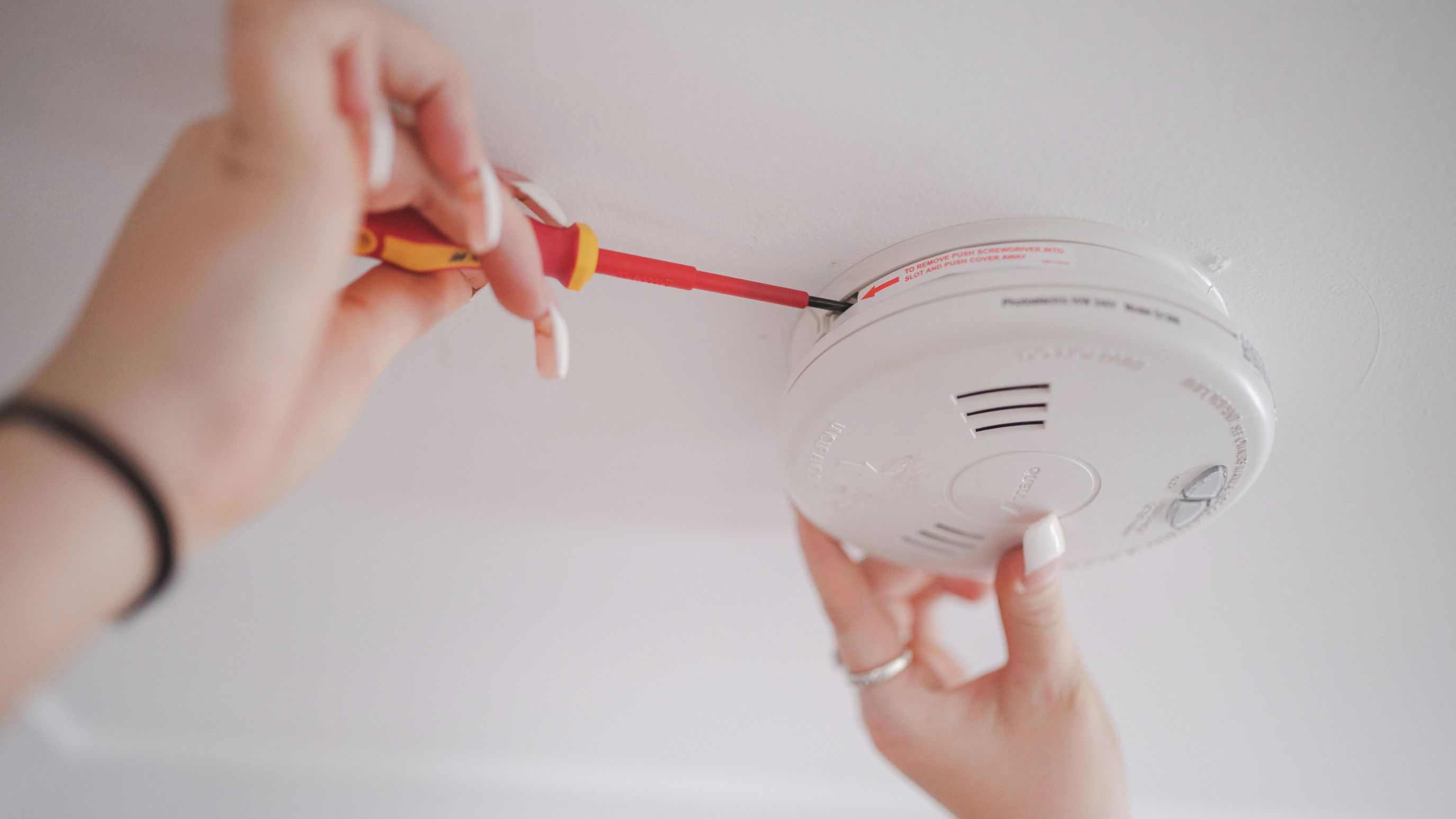
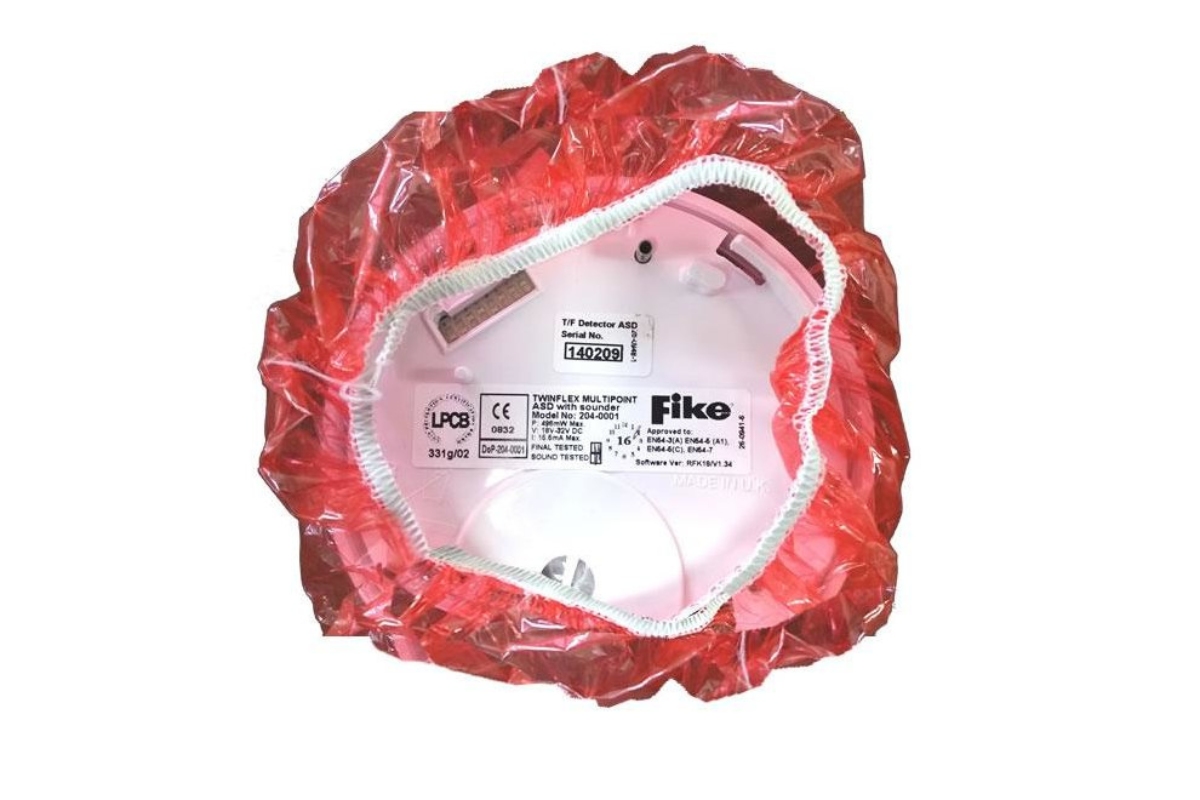


0 thoughts on “What Happens When A Visual Smoke Detector Is Activated?”